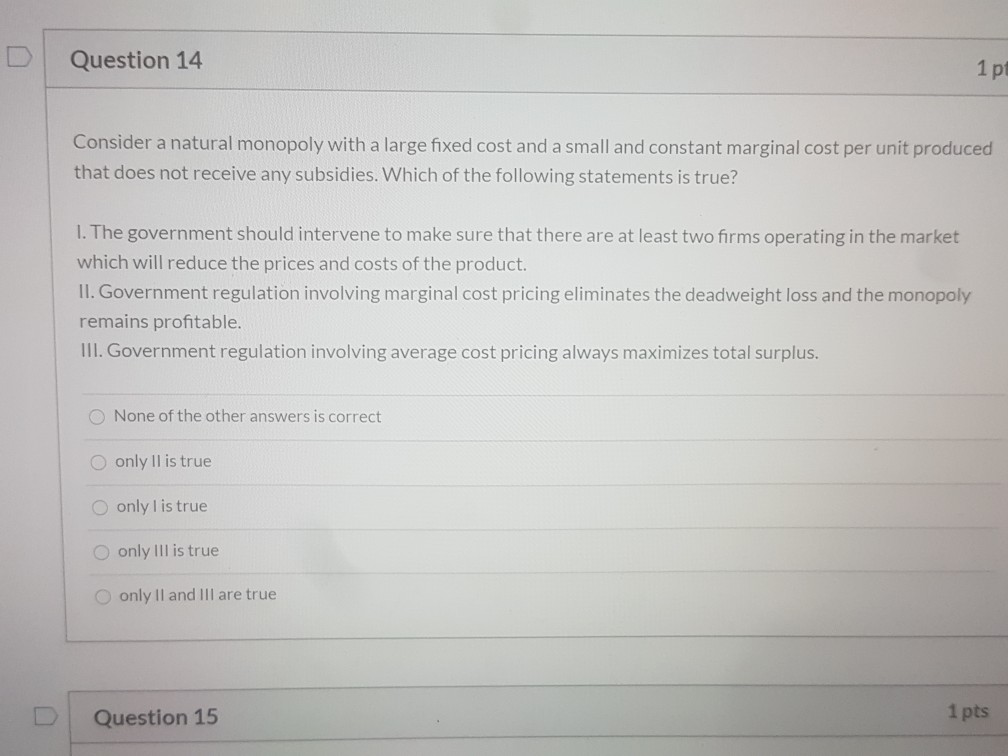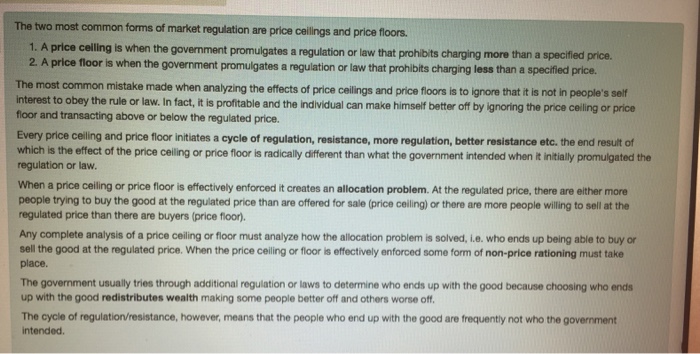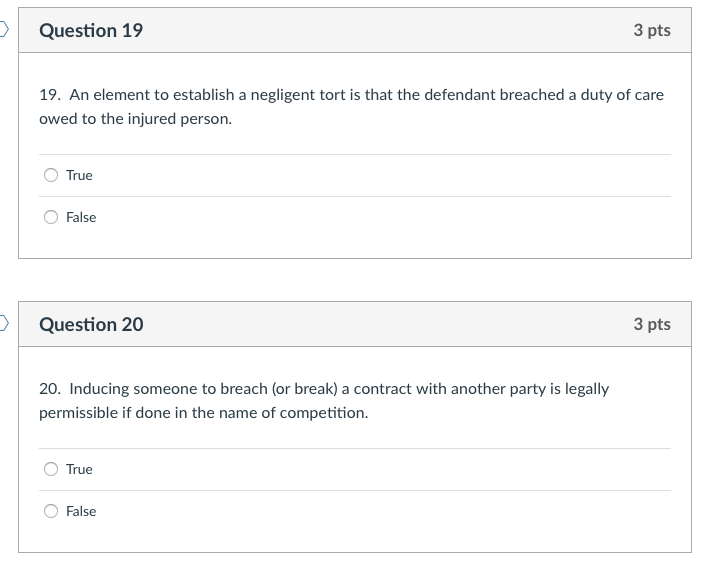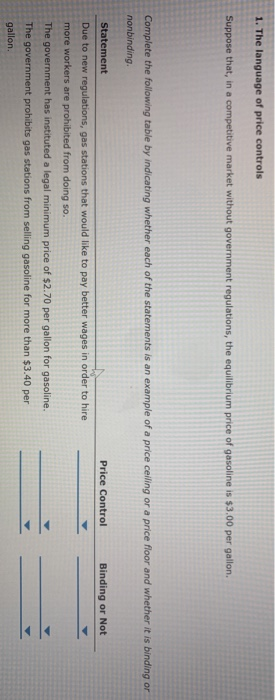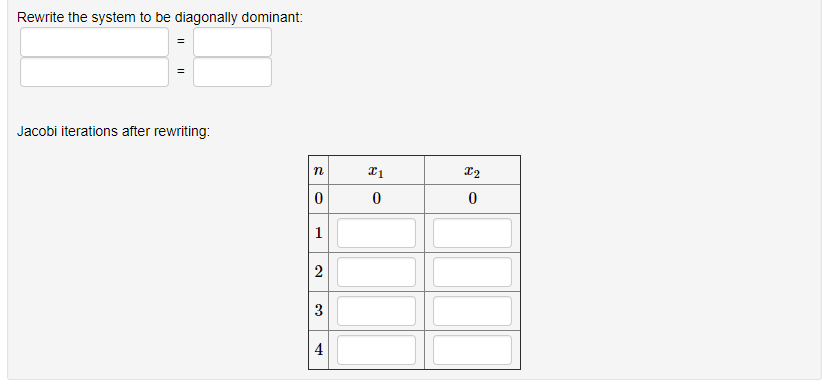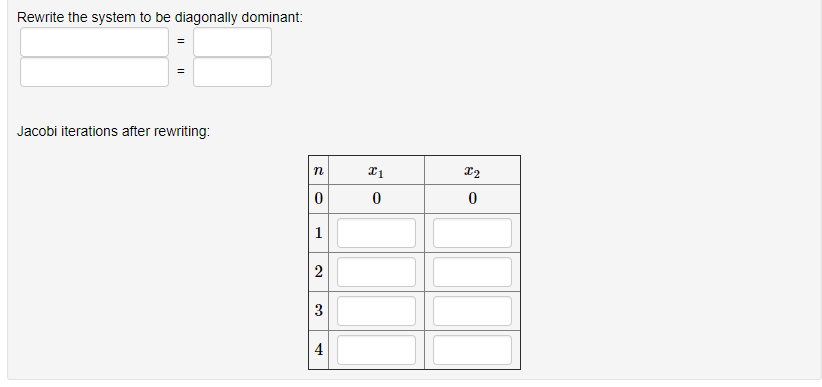
Answer all questions below
Question 1 options:
True
False
Question 2 ( A ___ results when a person does not perform in a way a professional should do under the same circumstances.
Negligent tort
information tort
medical tort
systematic tort
Question 3 The Health Insurance Portability and Accountability Act of 1996 address privacy, confidentiality, and security of medical and/or personal information.
True
False
Question 4 Ethical decisions are based on all of the following principles EXCEPT:
Non-maleficence
autonomy
beneficence
morality
Question 5 The professional code of ethics for healthcare information managers has been established by AHIMA.
True
False
D Question 14 1 p Consider a natural monopoly with a large fixed cost and a small and constant marginal cost per unit produced that does not receive any subsidies. Which of the following statements is true? 1. The government should intervene to make sure that there are at least two firms operating in the market which will reduce the prices and costs of the product. II. Government regulation involving marginal cost pricing eliminates the deadweight loss and the monopoly remains profitable. Ill. Government regulation involving average cost pricing always maximizes total surplus. None of the other answers is correct only II is true O only I is true O only Ill is true only II and Ill are true D Question 15 1 ptsThe two most common forms of market regulation are price ceilings and price floors. 1. A price celling is when the government promulgates a regulation or law that prohibits charging more than a specified price. 2. A price floor is when the government promulgates a regulation or law that prohibits charging less than a specified price. The most common mistake made when analyzing the effects of price ceilings and price floors is to ignore that it is not in people's self interest to obey the rule or law. In fact, it is profitable and the individual can make himself better off by ignoring the price ceiling or price floor and transacting above or below the regulated price. Every price ceiling and price floor initiates a cycle of regulation, resistance, more regulation, better resistance etc. the end result of which is the effect of the price ceiling or price floor is radically different than what the government intended when it initially promulgated the regulation or law. When a price ceiling or price floor is effectively enforced it creates an allocation problem. At the regulated price, there are either more people trying to buy the good at the regulated price than are offered for sale (price ceiling) or there are more people willing to sell at the regulated price than there are buyers (price floor). Any complete analysis of a price ceiling or floor must analyze how the allocation problem is solved, i.e. who ends up being able to buy or sell the good at the regulated price. When the price ceiling or floor is effectively enforced some form of non-price rationing must take place. The government usually tries through additional regulation or laws to determine who ends up with the good because choosing who ends up with the good redistributes wealth making some people better off and others worse off. The cycle of regulation/resistance, however, means that the people who end up with the good are frequently not who the government intended.Question 19 1?. An element to establish a negligent tort is that the defendant breached a duty of care owed to the injured person. If} True '1?) False Question 20 20. Inducing someone to breach {or break} a contract with another partyr is legally:r permissible if done in the name of competition. C) True CI False 1. The language of price controls Suppose that, in a competitive market without government regulations, the equilibrium price of gasoline is $3.00 per gallon. Complete the following table by indicating whether each of the statements is an example of a price ceiling or a price floor and whether it is binding or nonbinding. Statement Price Control Binding or Not Due to new regulations, gas stations that would like to pay better wages in order to hire more workers are prohibited from doing so. The government has instituted a legal minimum price of $2.70 per gallon for gasoline. The government prohibits gas stations from selling gasoline for more than $3.40 per gallon.Rewrite the system to be diagonally dominant: Jacobi iterations after rewriting: n 0 0 1 3 4

